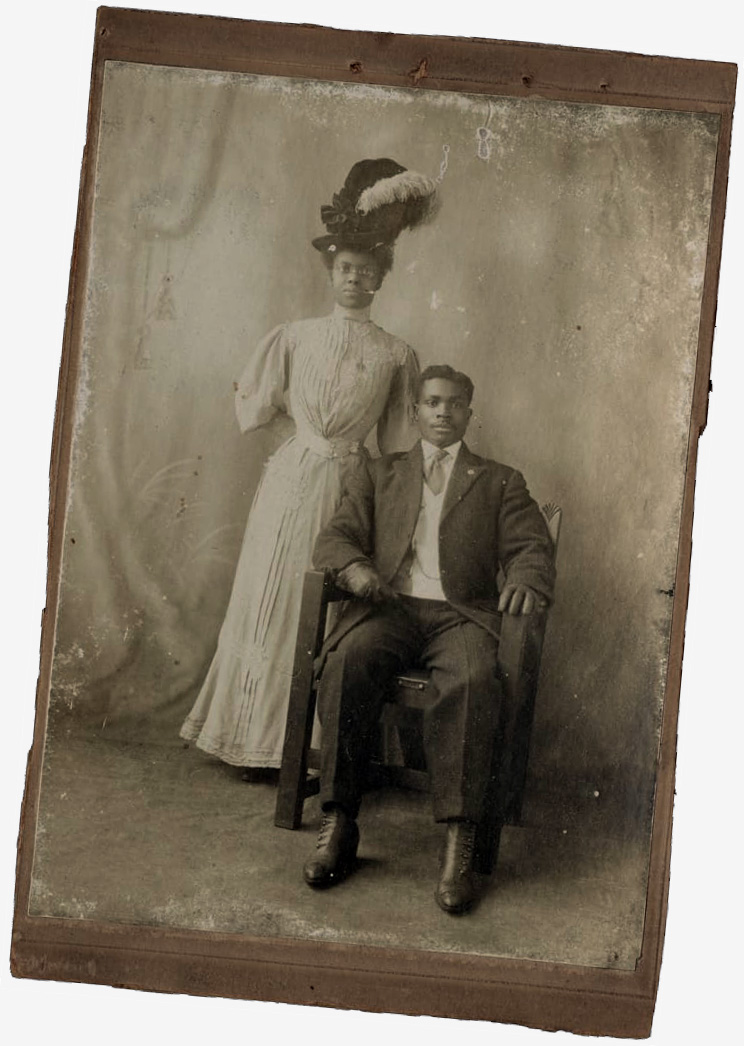Who Could Marry?
Page Content
 Prohibitions in Oregon law led to unconventional relationships that did not always include formal marriage. (Photo courtesy Cornell University Library) Enlarge image
Prohibitions in Oregon law led to unconventional relationships that did not always include formal marriage. (Photo courtesy Cornell University Library) Enlarge image Oregon passed a law in 1862 (and amended it in 1866) making it illegal for individuals of different races to marry. Because of this prohibition and combined with the small numbers of Black or mulatto individuals residing in Oregon, several relationships appear unconventional.
Examples
John Mathews marriage to Eliza Wooley in 1837 was most likely illegal in Tennessee. Assuming she was white (as listed in most census records), their union would not have been recognized in Oregon either.
John’s sisters, Susanna and Maranda Mathews, had children from relationships with men they never formally married.
Susanna’s daughter Lucy Johnson married her first cousin, Hezekiah Mathews.
Letitia Carson’s granddaughter, Mary Alice Bingham, married the younger brother of her mother’s husband.
Drury Mathews and Martha Carson both married spouses with Native American ancestry.
The prohibitions on formal or legal recognition of a marriage often left families having to defend their rights in court. Letitia Carson filed suit to reclaim property dispersed by the probate administrator of her “common law” husband’s estate. Although there are no records of legal prosecution of individuals that intermarried, the law prohibiting marriages between certain races was not repealed until 1951.